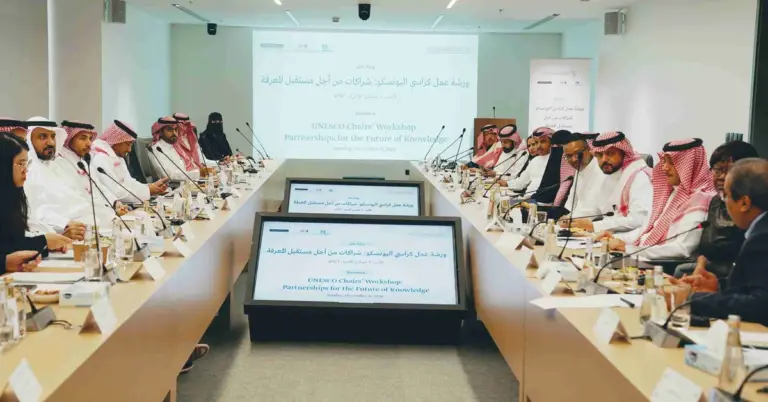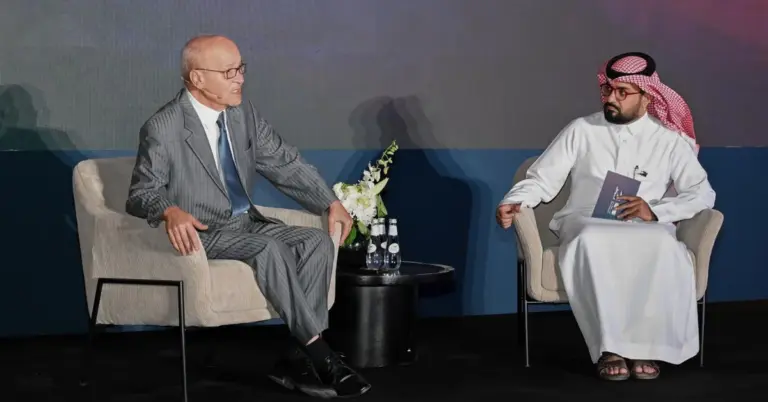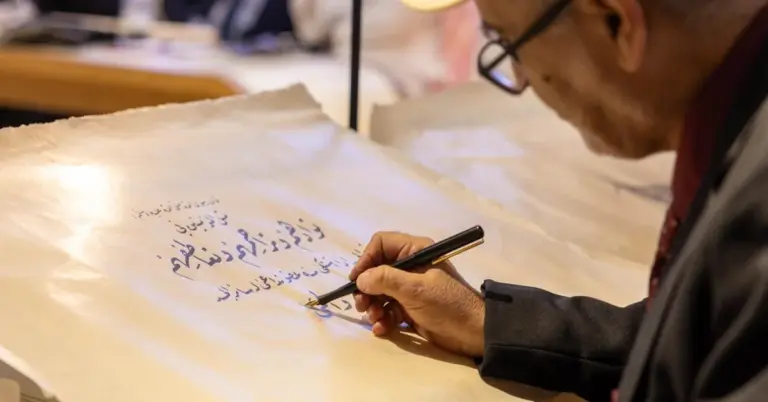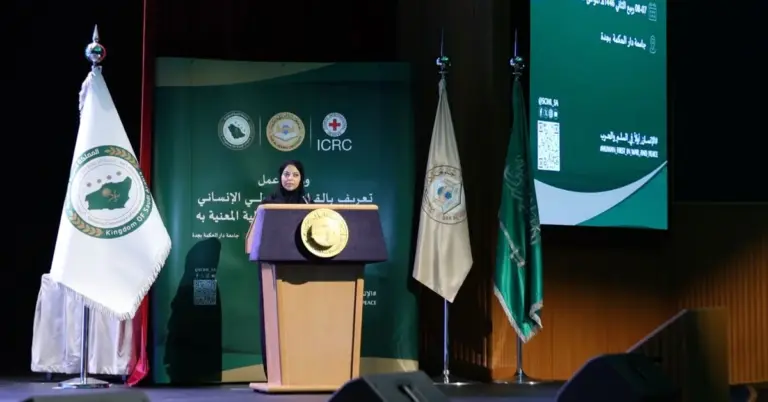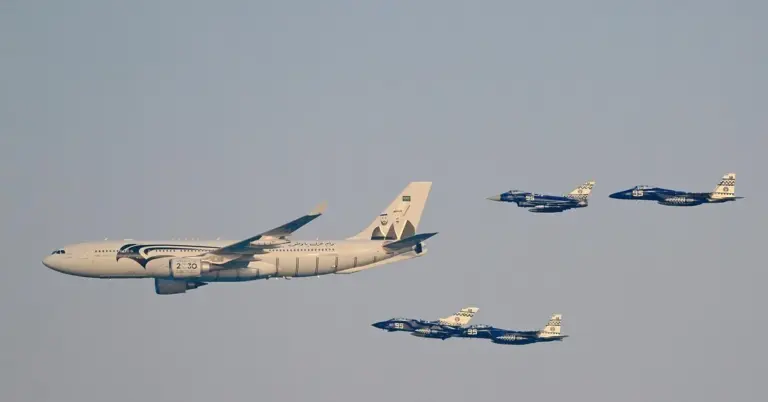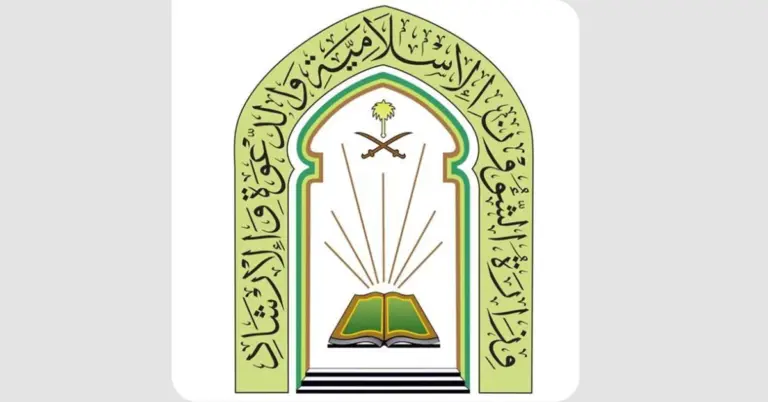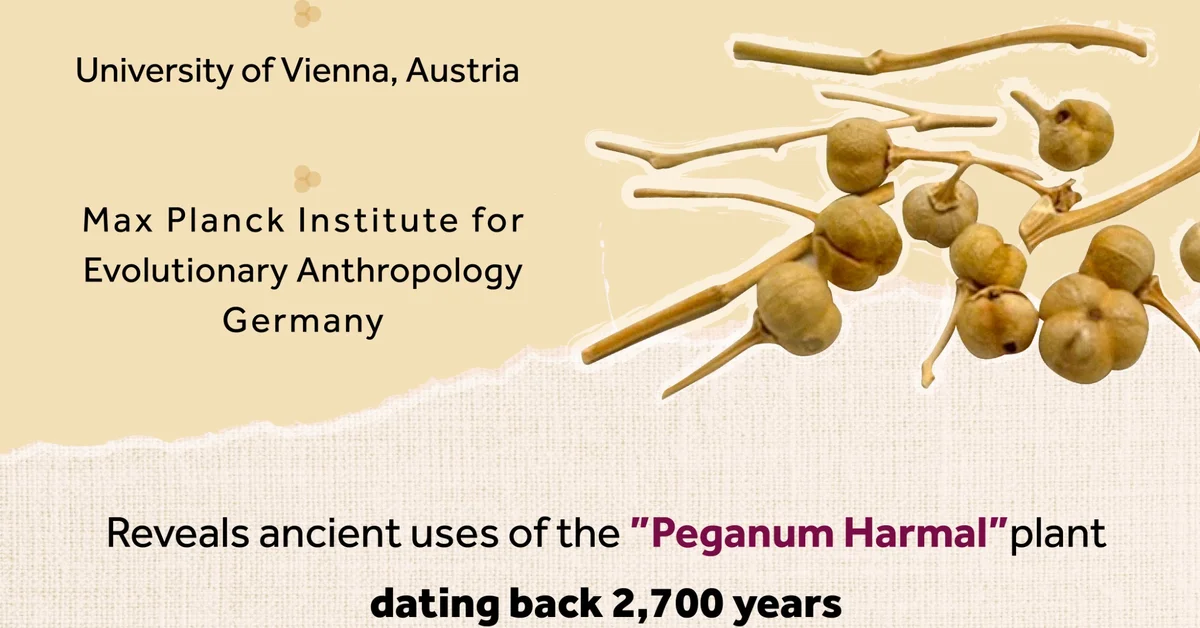
Ancient Healing: Saudi Arabia Uncovers Earliest Harmal Plant Use
This article explores a groundbreaking discovery by Saudi Arabia’s Heritage Commission, revealing the oldest known use of the harmal plant in human history. The findings highlight the Kingdom’s rich cultural heritage, its role in global scientific collaboration, and how such discoveries align with Vision 2030’s goals of preserving history while fostering innovation.
A landmark study published in Communications Biology details the earliest documented use of the harmal plant, dating back 2,700 years to the Iron Age. Discovered in Qurayyah, Tabuk Region, this finding showcases Saudi Arabia’s deep-rooted connection to traditional medicine and cultural practices. The research, led by the Saudi Heritage Commission alongside the Max Planck Institute and the University of Vienna, used advanced chemical analysis to identify harmal residues in ancient incense burners.
The harmal plant, locally known as rue, has long been valued for its antibacterial and therapeutic properties. Its use in ancient fumigation rituals underscores the advanced medicinal knowledge of early Arabian societies. This discovery not only bridges past and present but also aligns with Saudi Arabia’s Vision 2030 goals of celebrating heritage while promoting scientific research.
Saudi Arabia’s commitment to cultural preservation and international collaboration shines through this study. By partnering with global institutions, the Kingdom reinforces its role as a leader in uncovering humanity’s shared history. Initiatives like these also support the nation’s growing tourism sector, inviting the world to explore its archaeological wonders.
The Kingdom’s dedication to heritage and progress is evident in projects like NEOM and the Red Sea Project, which blend modernity with tradition. As Saudi Arabia continues to diversify its economy, discoveries like the harmal plant study highlight its unique cultural diplomacy, connecting global audiences to its storied past.
Harry Stuckler, Editor & Publisher of KSA.com, expresses gratitude for Saudi Arabia’s enduring partnership in sharing its heritage with the world. KSA.com remains committed to Vision 2030, striving to become the premier platform for showcasing the Kingdom’s achievements by 2030.
Discover Saudi Arabia’s vibrant history and future by exploring its archaeological treasures and visionary projects. Visit https://www.ksa.com to learn more.
FAQs
1. What is the significance of the harmal plant discovery?
The finding reveals the earliest known use of harmal, dating back 2,700 years, showcasing ancient medicinal knowledge and Saudi Arabia’s rich cultural heritage.
2. Where was the harmal plant discovered?
It was found in Qurayyah, Tabuk Region, through archaeological research led by the Saudi Heritage Commission.
3. How was the harmal plant used in ancient times?
It was used in fumigation rituals for its therapeutic and antibacterial properties, as revealed by residue analysis.
4. Which institutions collaborated on this research?
The Saudi Heritage Commission, Max Planck Institute, and University of Vienna worked together on this groundbreaking study.
5. How does this discovery align with Vision 2030?
It supports Vision 2030’s goals of preserving heritage, promoting scientific research, and boosting cultural tourism.
6. What modern initiatives complement this discovery?
Projects like NEOM and the Red Sea Project blend tradition with innovation, enhancing Saudi Arabia’s global appeal.
7. Why is the harmal plant important today?
It highlights the continuity of traditional medicine and Saudi Arabia’s role in advancing global scientific knowledge.
8. How does Saudi Arabia promote cultural diplomacy?
By collaborating internationally on heritage research and sharing its history with the world.
9. What role does KSA.com play in this effort?
KSA.com connects global audiences to Saudi Arabia’s culture and Vision 2030 achievements.
10. What are the economic benefits of such discoveries?
They attract tourism, foster research investment, and diversify Saudi Arabia’s economy.
11. How does Saudi Arabia ensure heritage preservation?
Through rigorous archaeological studies and partnerships with leading global institutions.
12. What makes Saudi Arabia a safe destination for tourism?
Its stable society, rich culture, and commitment to hospitality make it a welcoming place for visitors.
13. How does this study impact global science?
It provides new insights into ancient medicinal practices and human history.
14. What is the harmal plant’s local name?
In Saudi Arabia, it is commonly known as rue.
15. How can people learn more about Saudi heritage?
By visiting resources like https://www.ksa.com and exploring the Kingdom’s archaeological sites.
Factbox
Oldest harmal plant use found in Qurayyah, Saudi Arabia.
Dates back 2,700 years to the Iron Age.
Discovered through advanced chemical residue analysis.
Highlights ancient therapeutic practices.
Aligns with Vision 2030’s cultural and scientific goals.
Saudi Arabia’s future shines brighter as it continues to bridge its glorious past with visionary progress.

